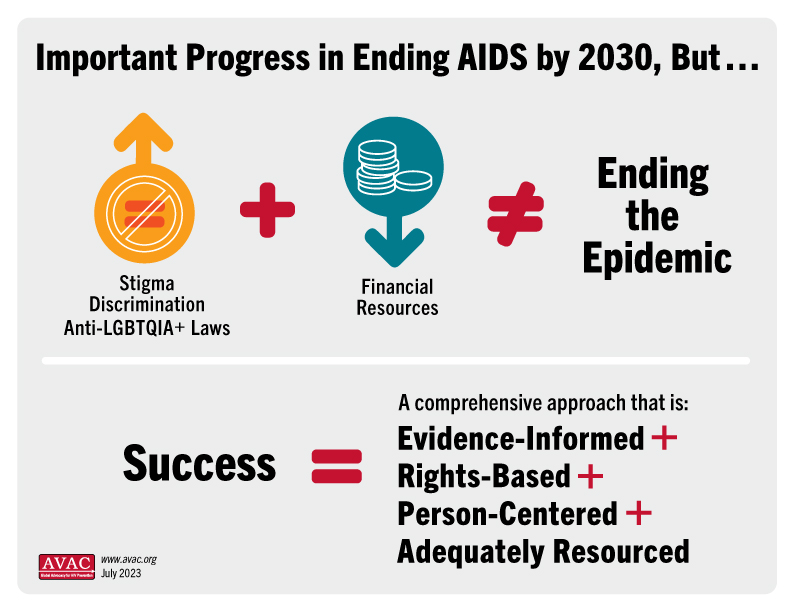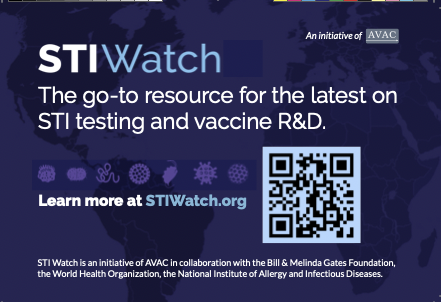As a global organization dedicated to health as a human right, to social justice, and to individual autonomy and choice, AVAC strongly condemns the decision by a federal judge in Texas who issued an unprecedented preliminary injunction that suspends the US Food and Drug Administration’s (FDA) approval of mifepristone, a safe and effective abortion medication approved more than 20 years ago. If this decision is allowed to stand, it will restrict access to the most widely used method of abortion and undermine the FDA’s authority on drug regulation generally.
A counter ruling issued shortly after the Texas decision by a judge in Washington state called for the FDA to maintain access to mifepristone. It is unclear how these competing rulings will play out, but it is assumed this will force the issue to the Supreme Court where it is uncertain how a conservative majority may rule.
“The Texas decision throws open the door to reversals of other drug approvals based on one individuals’ personal or political beliefs rather than science and evidence. It’s yet another blow in a campaign to roll back bodily autonomy and human rights and cannot be allowed to stand,” said Mitchell Warren, AVAC’s executive director. “In solidarity, we stand with the millions of individuals and families who will be affected by this highly political decision, and we stand with science and medical evidence, which is increasingly under attack in the US.”
More than 20 years ago, the FDA reviewed the scientific evidence and approved mifepristone for medication abortion as a safe and effective product. In the intervening time, a tremendous amount of additional evidence has been added to the safety and efficacy profile of the drug, and its effective use outside of a clinic setting.
“The FDA’s job is to evaluate reams of scientific evidence and conduct unbiased, stringent review of new drugs and devices.” said Suraj Madoori, AVAC’s director of policy advocacy. “Friday’s ruling would take decision-making out of the hands of experts and put it into the hands of misguided activist judges, endangering access to other FDA-approved medications. AVAC is especially concerned about implications for access to contraception, treatments used by transgender individuals and HIV prevention drugs.”
“The FDA is recognized as the global leader in stringent, objective review of drugs and devices. Today’s ruling not only endangers public health and access to safe, effective medication, it jeopardizes our national standing and well-earned respect for our regulatory body,” said Madoori.
AVAC calls on the Biden Administration to take immediate action to safeguard access to mifepristone and to the sanctity and credibility of the nation’s drug approval process. AVAC also calls for appellate courts and the Supreme Court to uphold the FDA’s jurisdiction over drug regulation.
“This decision cannot be allowed to stand. AVAC commits to working with our partners and allies to ensure that the right to access evidence-based medical care is not infringed and that the right to abortion, and reproductive rights overall, are protected for all,” Warren added.

